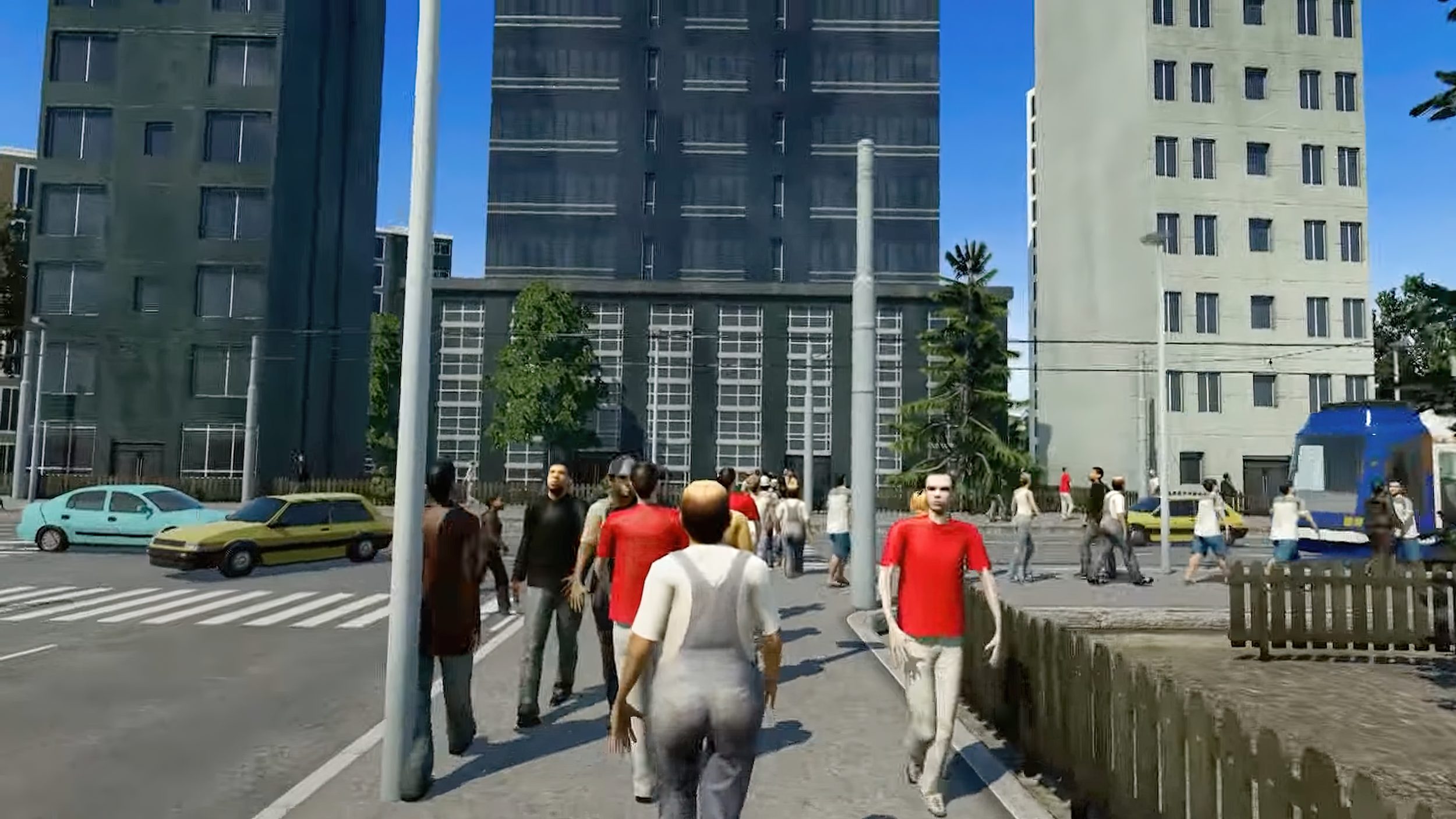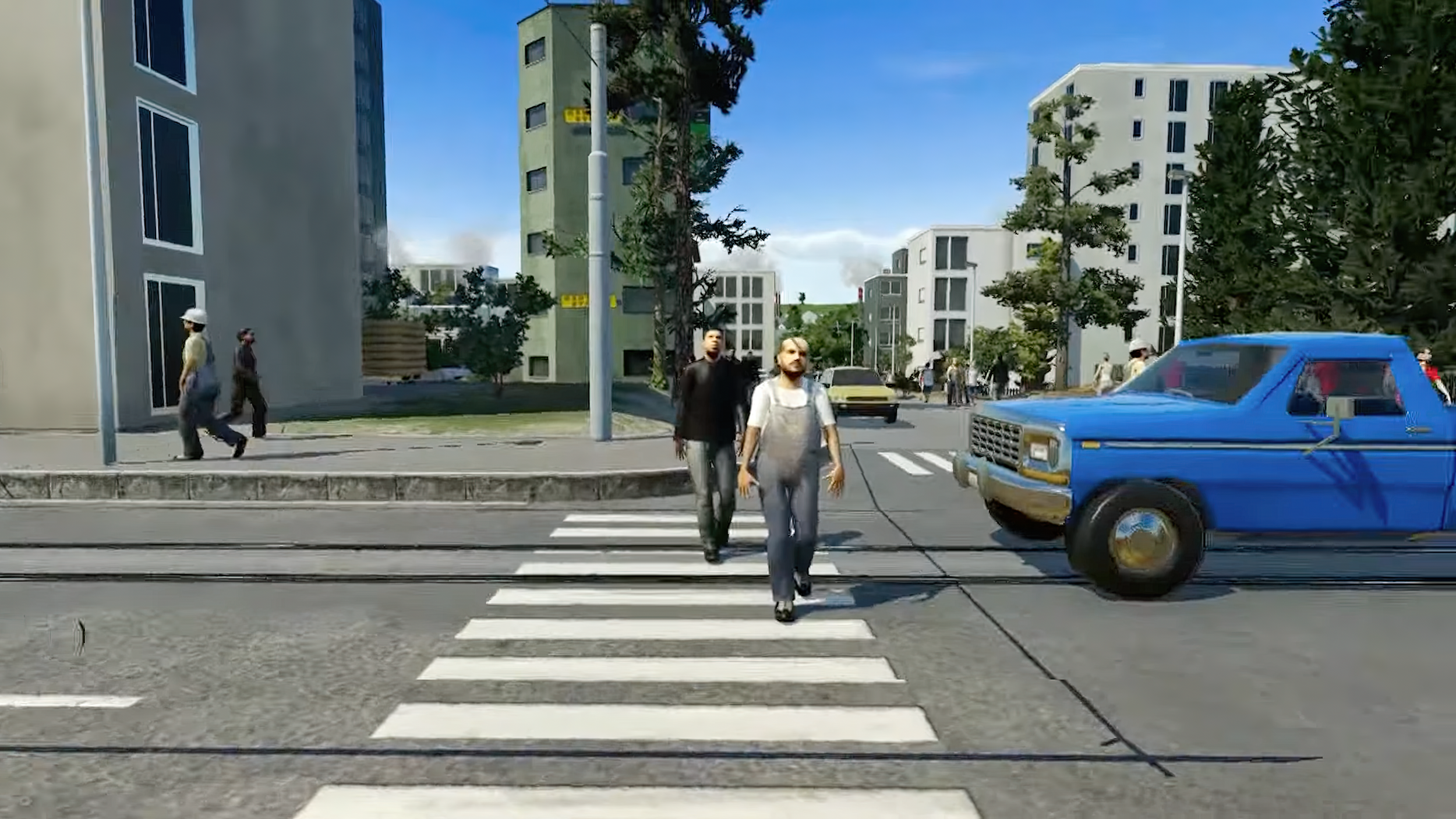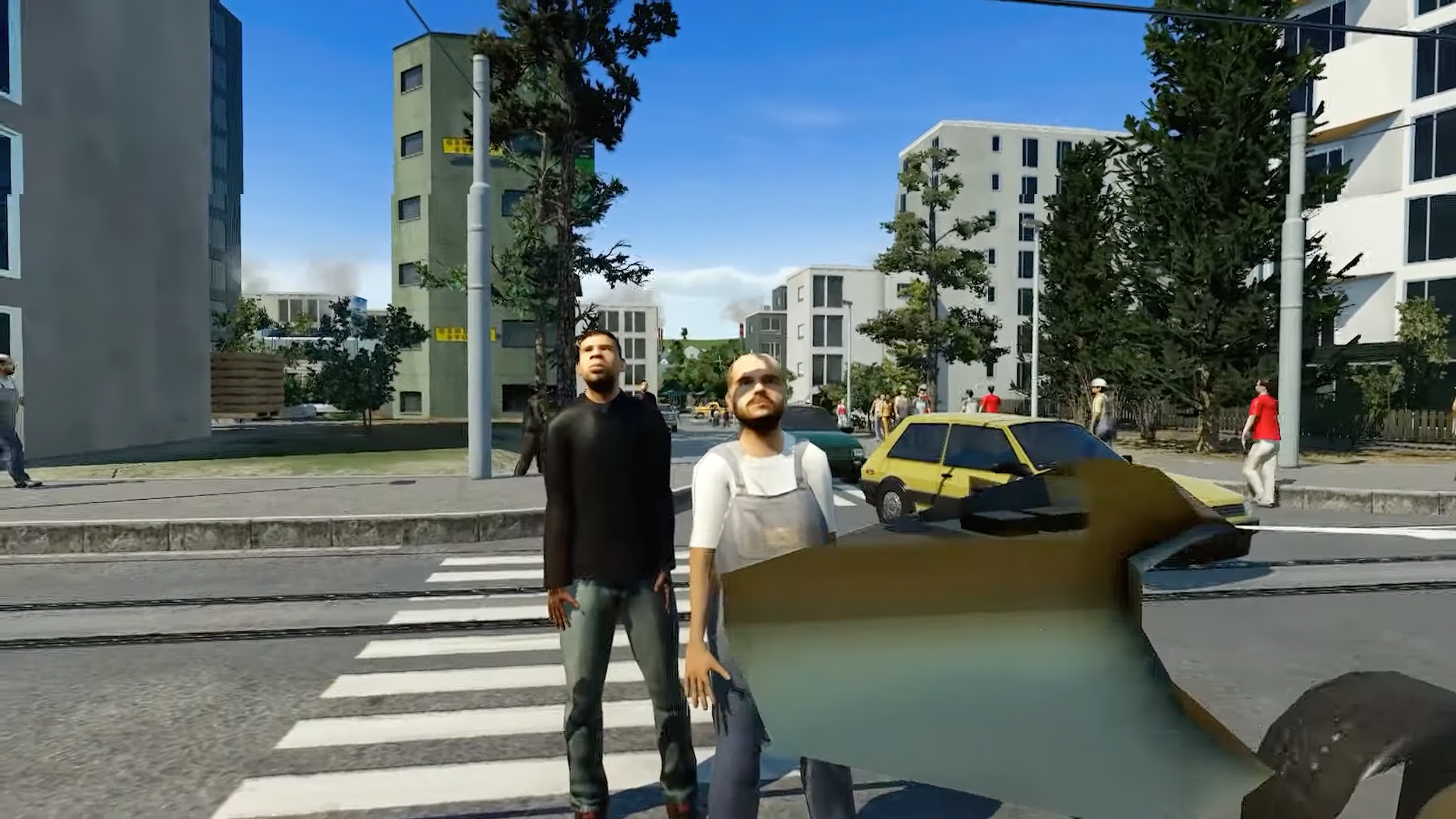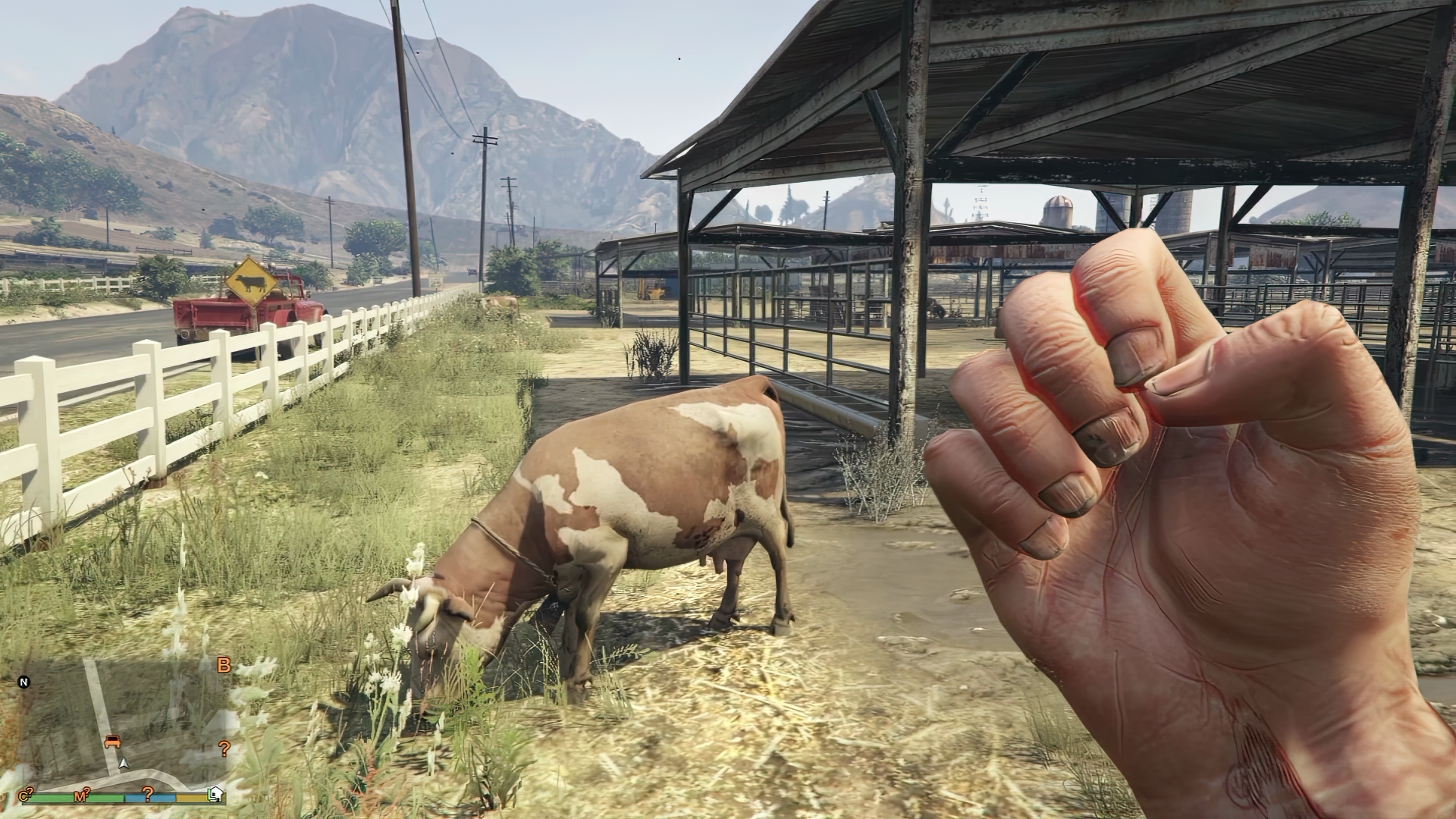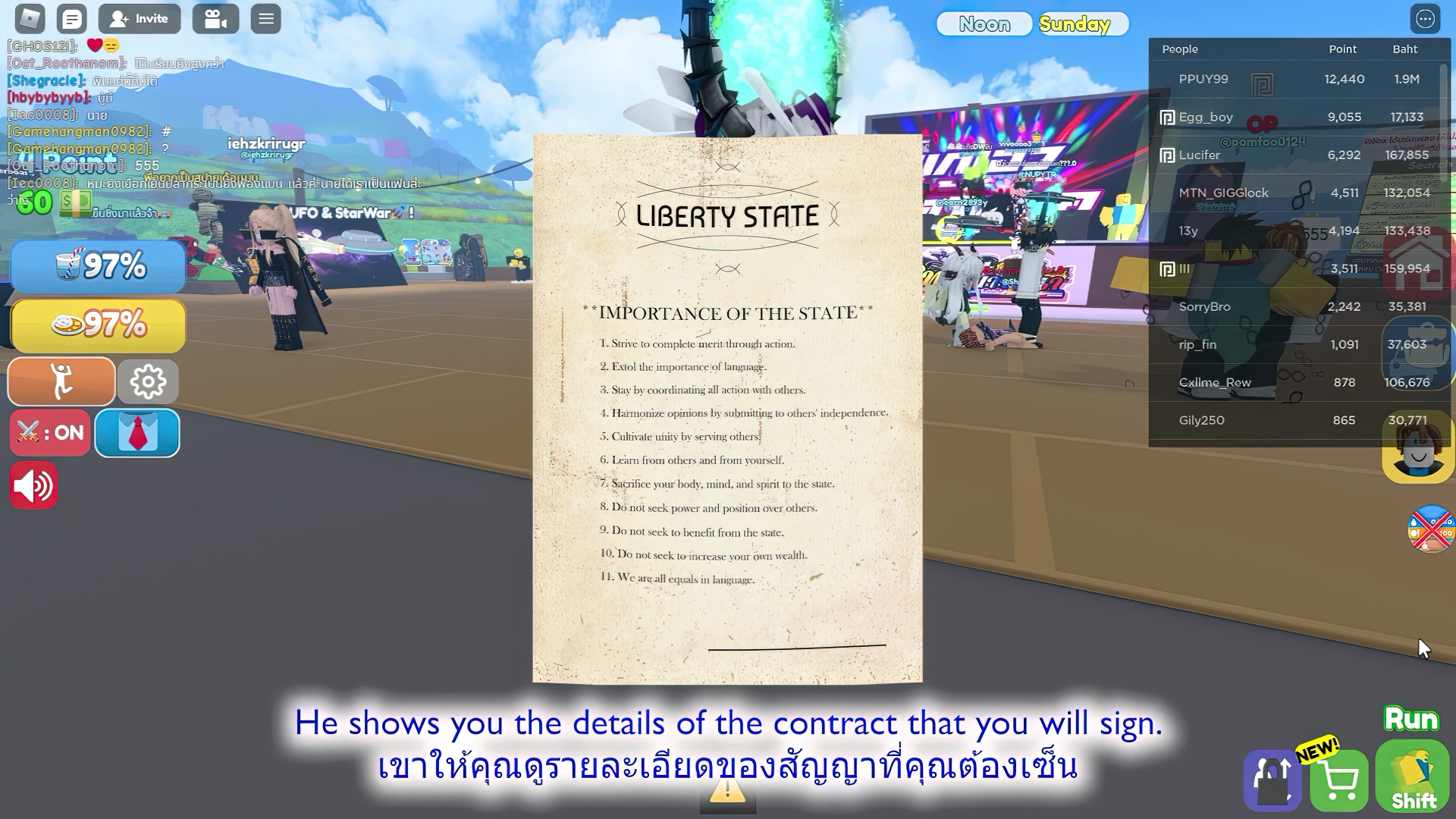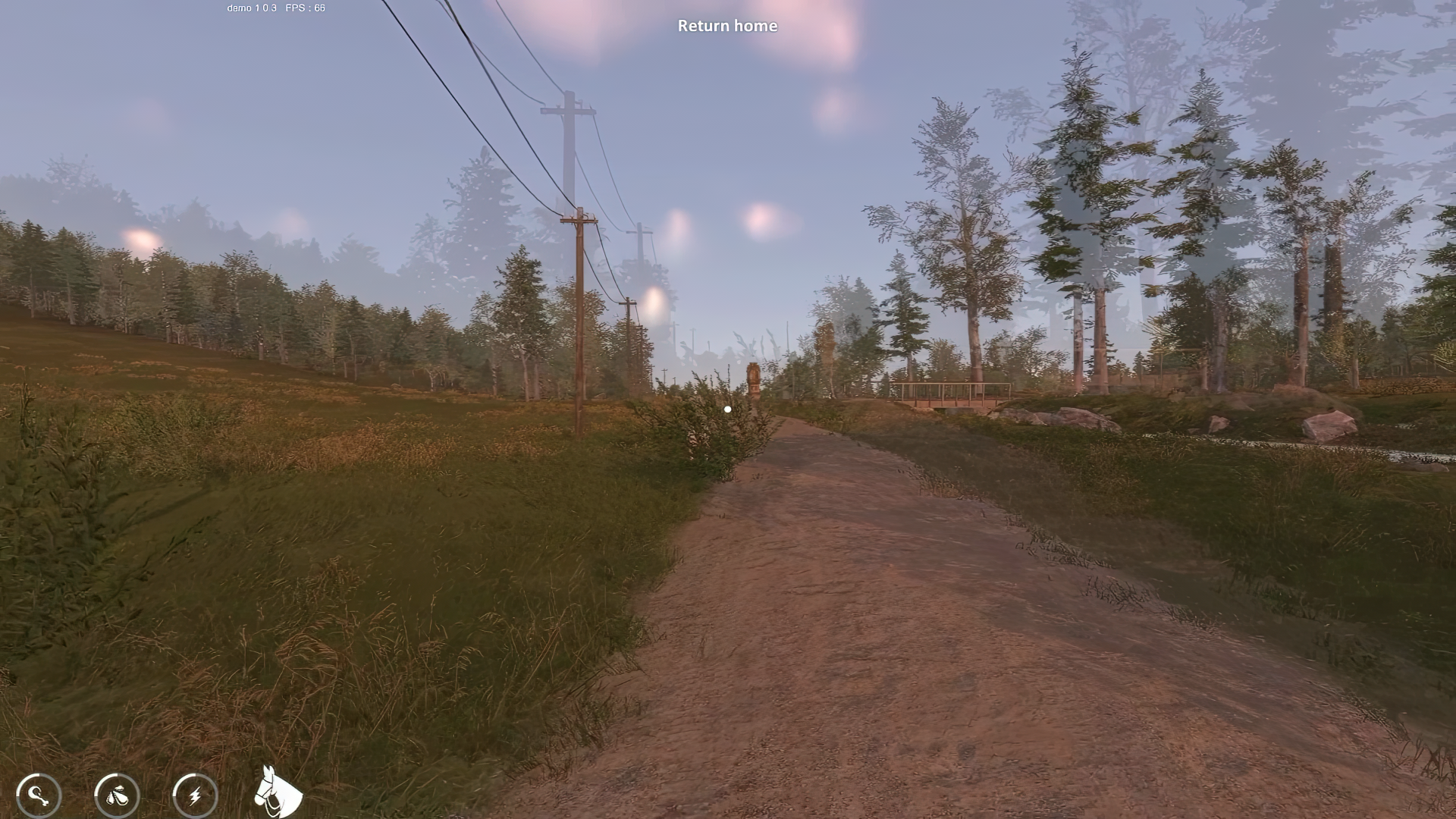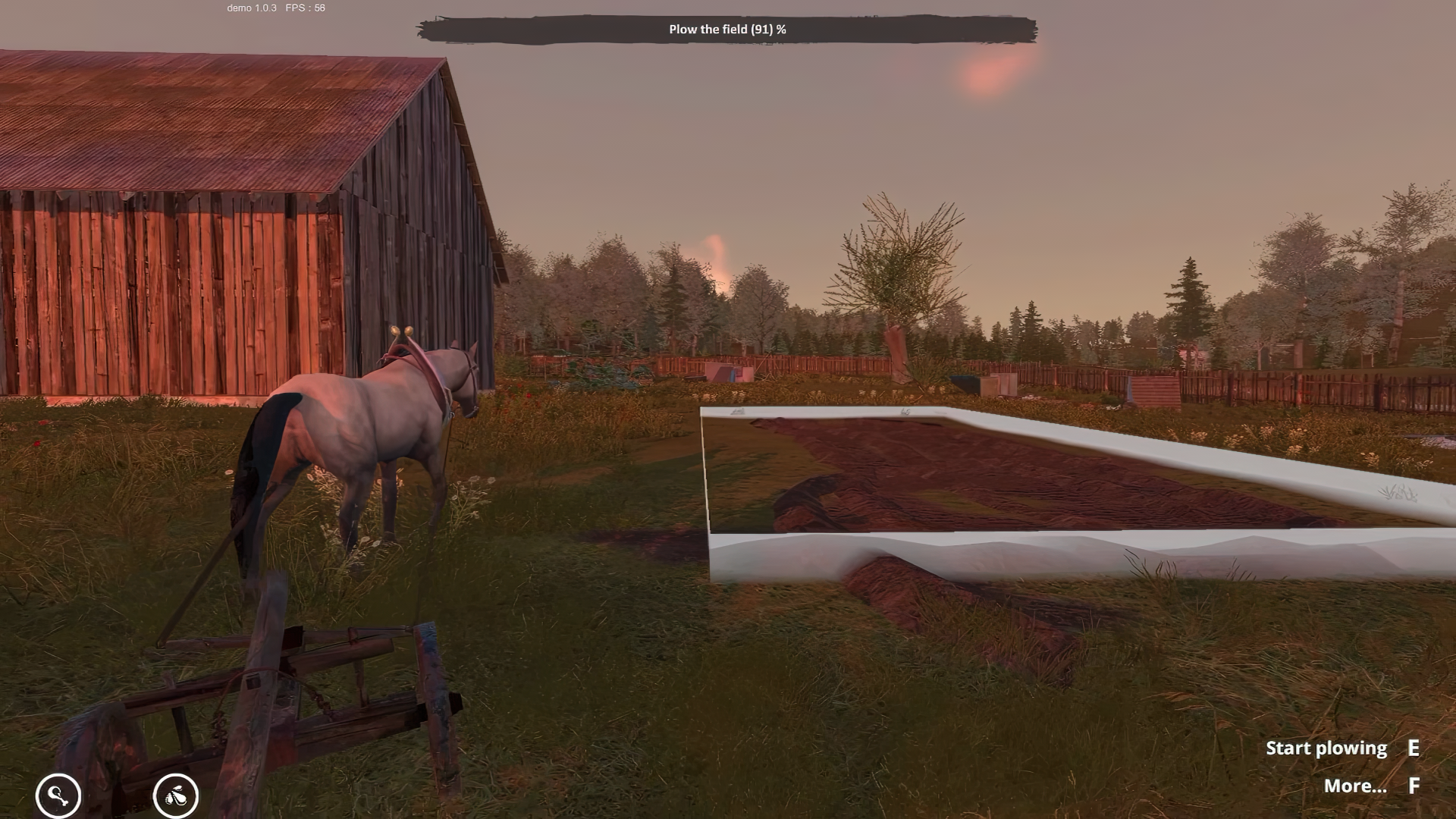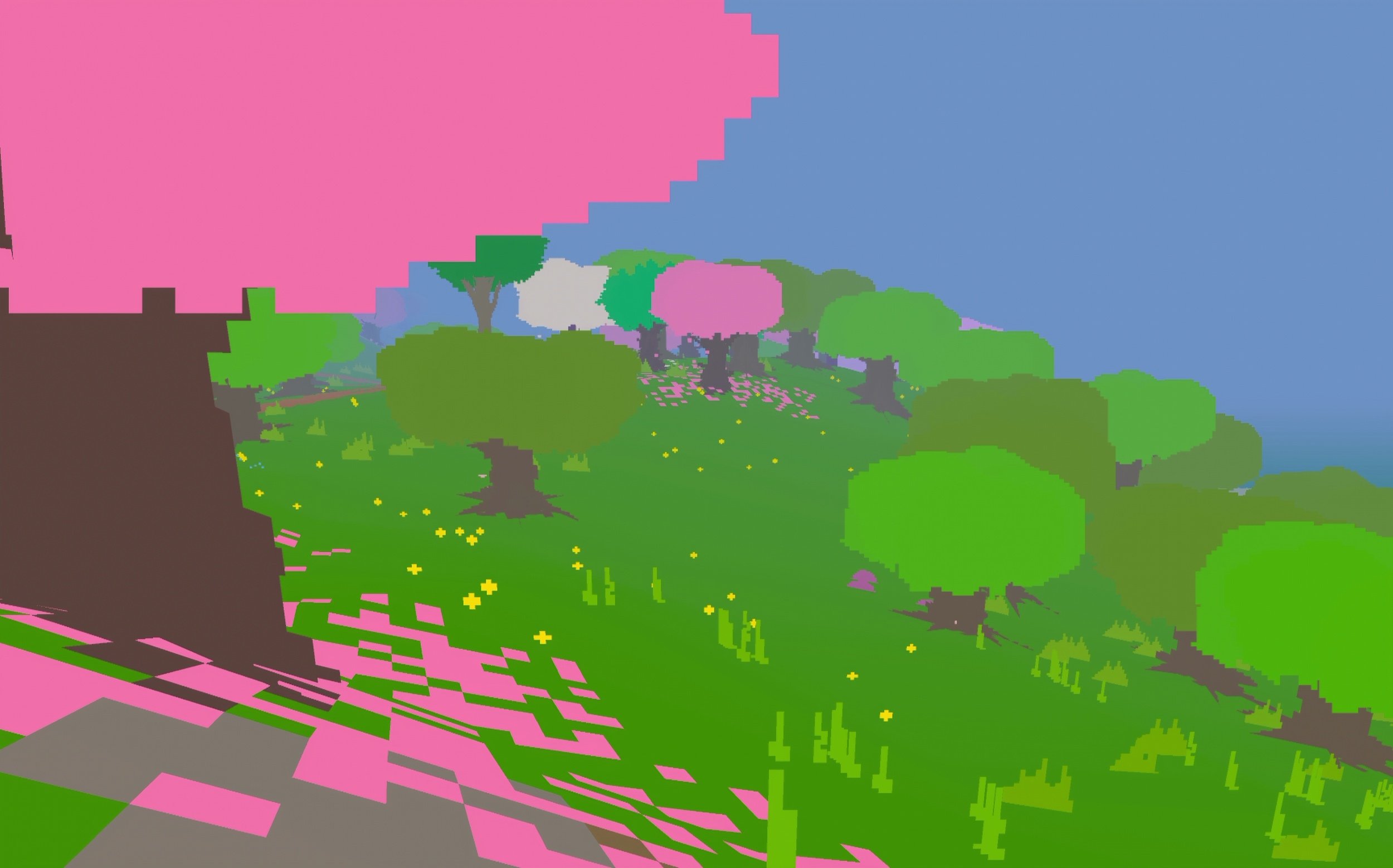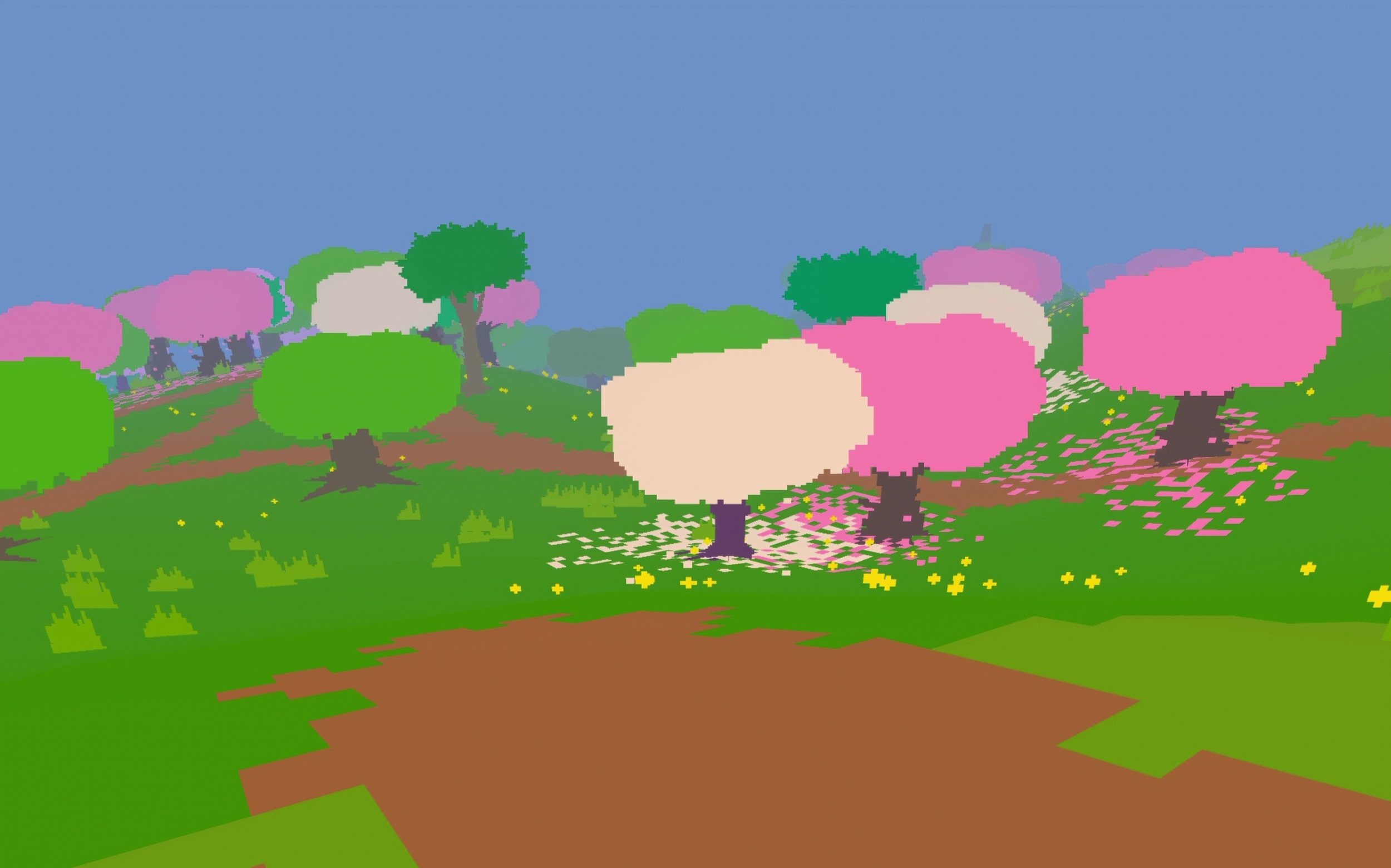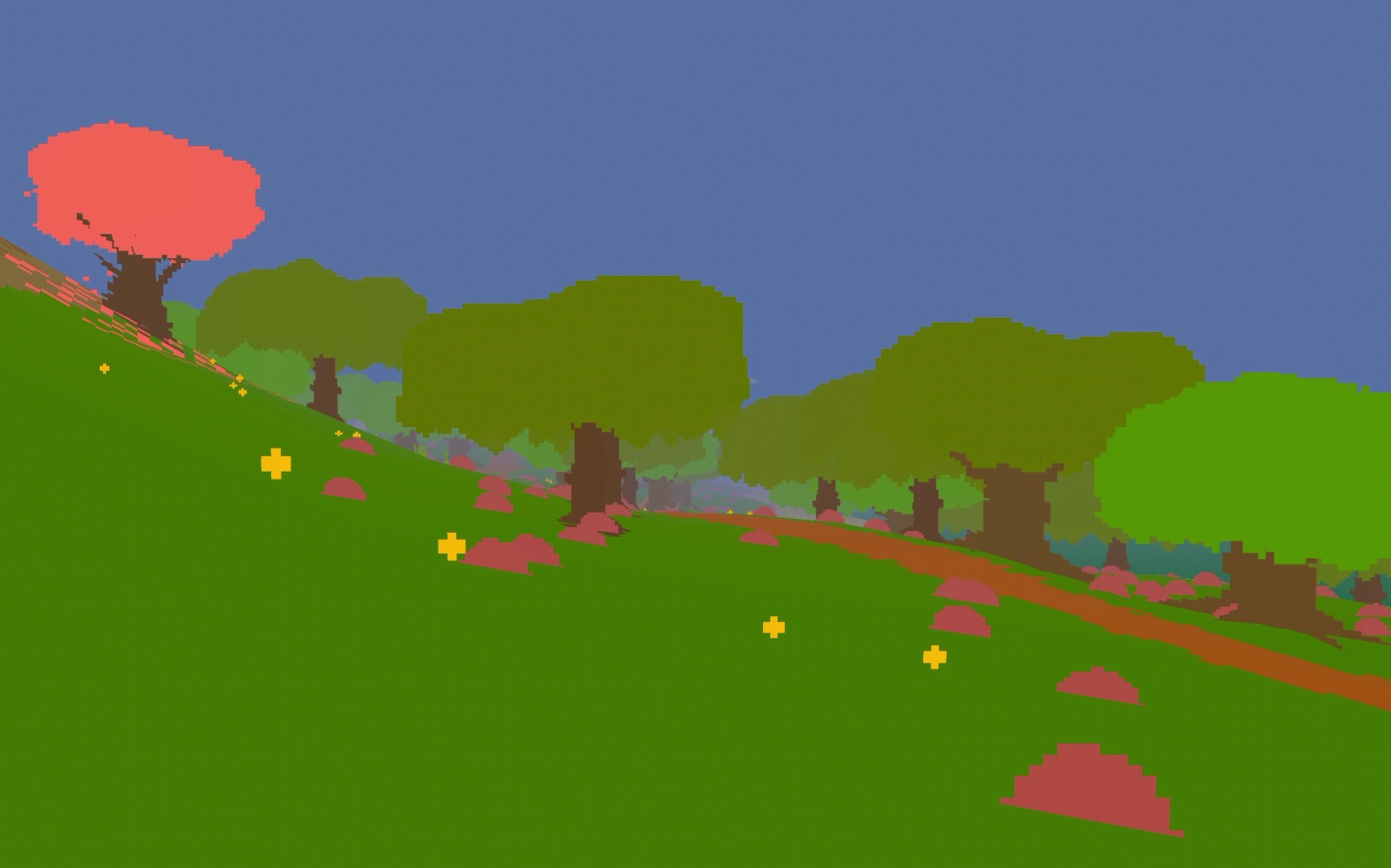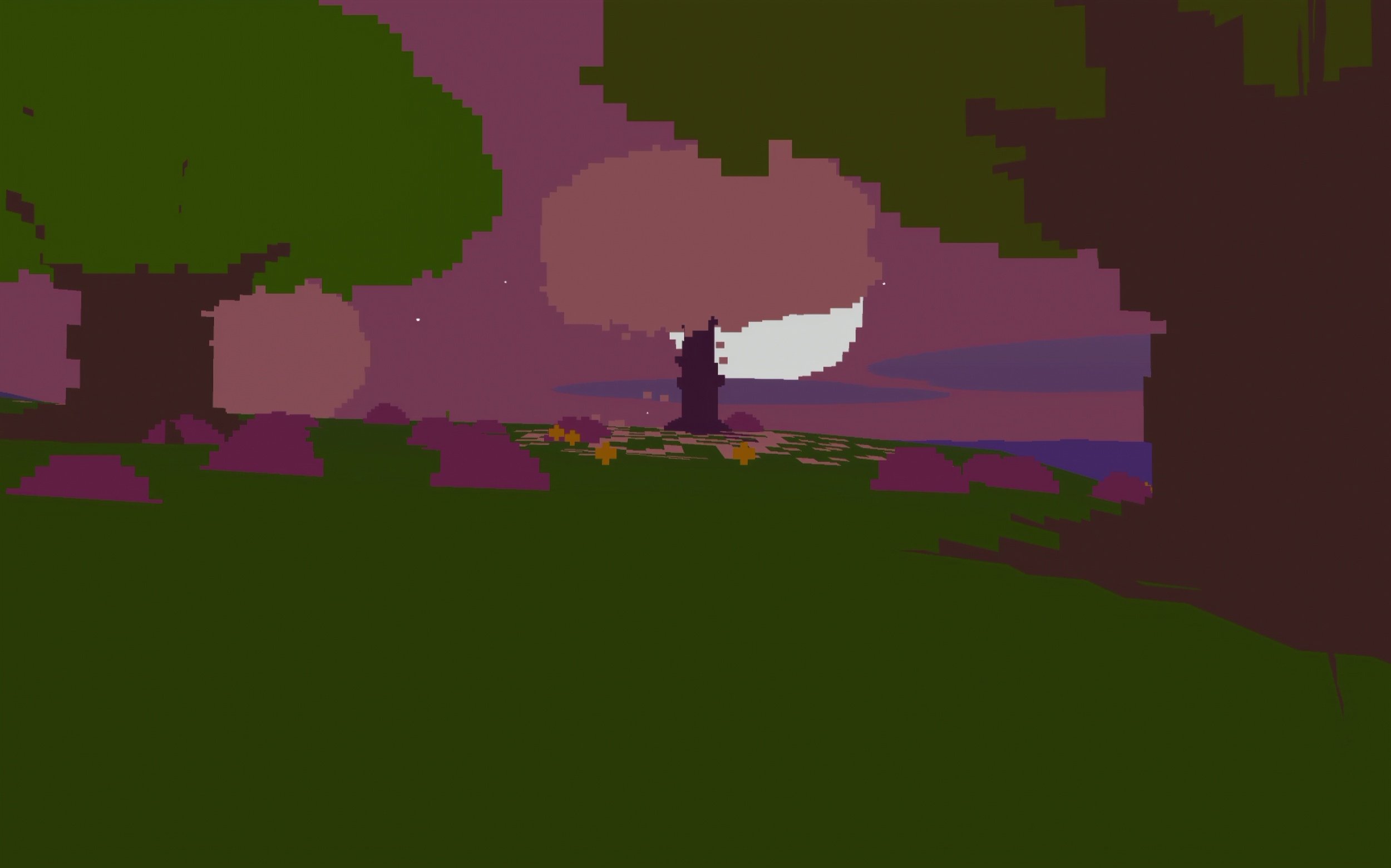The Milan Machinima Festival is thrilled to announce the on-site screening of Kent Sheeely’s machinima Welcome Back. Sheely’s work offers a timely reflection on the highly anticipated return to “normalcy” following the global pandemic. Using Transport Fever (Urban Games, 2016) as his primary source material, Sheely masterfully appropriates and manipulates the game’s realistic infrastructure-building mechanics to create a thought-provoking exploration of the world that awaits us post-Covid.
At first glance, Transport Fever’s immersive gameplay mechanics appear to offer a straightforward and engaging experience, allowing players to construct and manage their own transportation networks across different eras. However, as Sheely suggests through his artful manipulation of the game’s content in order to trigger glitches and visual anomalies, the journey towards a state of “normalcy” may prove to be far more disconcerting and unsettling than we ever imagined.
Kent Sheely (b. 1984, United States) is a new media artist based in Los Angeles. His work draws both inspiration and foundation from the aesthetics and culture of video games, examining the relationships between real and imagined worlds. Much of his work centers around the translation and transmediation of symbols, concepts, and expectations from game space to the real world and vice versa, forming new bridges between simulation and lived reality.
Matteo Bittanti: As the Covid-19 pandemic continues to linger in our collective memory, it remains a paradoxical experience, insofar as it feels both fresh and remote. As an artist, how did you navigate this unprecedented moment in history? What were your personal encounters with this global crisis? Did it function as a harbinger of more catastrophic events to come, or was it “simply” a significant historical outlier? Moreover, how did you reconcile yourself with the concept of the “new normal,” and what coping mechanisms did you deploy to manage the tumultuous and ever-changing landscape of the pandemic? In essence, how did you perceive, process, and ultimately respond to this momentous period of crisis and upheaval that you represent with/in Welcome Back?
Kent Sheely: In March of 2020, I was working a full-time job in downtown Los Angeles, taking a bus to and from the office each day. When central management called to inform everyone we’d be working from home for a while (they thought it would only last a week!), it was just a fun change of pace for me and my coworkers at first; nobody knew how bad the spread of Covid already was, or that it would only get worse and impact our daily lives for years to come.
I quickly adjusted to doing the job from my home office, but after a few weeks of quarantine and constantly reading news about the escalating impact of the virus, cabin fever took hold and I actually got pretty depressed. Nobody knew when it would be over, or what the lasting effects would be, especially as weeks turned to months with no end in sight and no indication of how bad it would truly get. I tried to keep myself busy to curb the catastrophic thoughts and “what-ifs” that were constantly popping up. I spent a lot of time online with friends and found small projects for myself around the apartment, but I didn’t feel like making art for a really long time.
I eventually did find the motivation to start managing my feelings through my art practice, and the floodgates just opened up; there was a period where everything I made was in service of processing the tragedy and surreality of the new cursed world. Honestly I think that means of self-expression is what ended up helping me adjust the most.
Matteo Bittanti: As evidenced by Welcome Back, you have appropriated and manipulated Transport Fever to create a thought-provoking, visually stunning work of art. Could you share with us your personal connection to this particular simulation game and how it became a creative outlet for you? How did you negotiate the interplay between the mechanics of the game and your artistic vision, and ultimately leverage the affordances of the medium to give shape to your expression? Can you share your intent, methodology, and thought processes behind the production of this captivating machinima?
Kent Sheely: I was really into management simulators when I was younger, with games like SimCity 2000, Shortline Railroad and Rollercoaster Tycoon being a few early favorites. On a nostalgic lark a few years ago I picked up Transport Fever and spent quite a few evenings setting up and maintaining infrastructure between cities via road, rail, air and sea. I didn’t make my first artwork with the game until I moved to…
(continues)
Matteo Bittanti
Work cited
Kent Sheely
Welcome back
digital video, sound, 4’ 35”, 2022, United States of America

